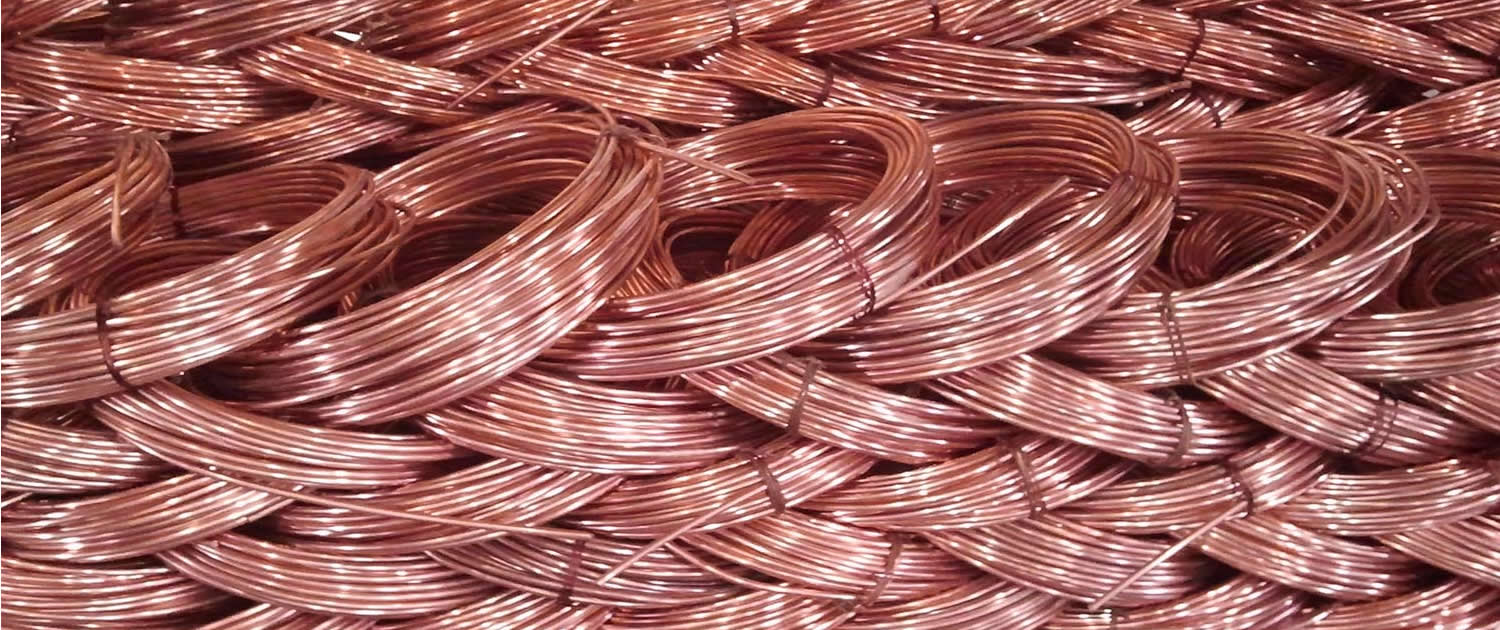A heat and electrical conductor with incredible flexibility and malleability is copper. While copper is soft in its pure form, it may be mixed with other alloys to create even stronger characteristics, such as brass, which is made of copper and zinc, and bronze, which is made of copper and tin.
There are many different types of copper, including copper rod, copper bar, copper sheets, copper plates, copper coils, copper foil, copper wire, copper tubes, and copper pipes. Let’s talk about the industrial applications for copper bars and rods in this blog post today.
Copper Rod
No matter what requirements you have for a copper rod, we can assist you make it happen. With a variety of unique copper alloys, we can come up with a solution for you.
Copper Bar
We strive to discover solutions for each and every application for copper bars because they may be utilised in so many various ways. Whether you’re searching for a simple copper rectangular bar or something a bit more intricate, get in touch with us right away.
What are the Industrial uses of Copper Bar and Rods?
Busbars, transformer parts, and other common applications in the electrical industries, as well as those requiring strong corrosion resistance, such building components, are all common uses for copper bars and rods.
To guarantee that a copper bar is always suitable for your goal, our copper rods are offered in diameters ranging from 3mm to 254mm and in either imperial or metric measures. Additionally, we provide copper bars in a huge selection of flat, square, hexagonal, and circular shapes.
Due to its extreme adaptability, brass has found employment in an unexpectedly large range of applications, such as:
Ammunition casings – Brass is easily rolled into thin sheets that may be readily shaped into cartridge shells that are spark- and corrosion-resistant, low-friction, and non-magnetic. It is very simple to recycle ammunition for reloading.
Marine hardware – Brass has been used for centuries as sheathing on the wooden navy ships’ hulls, for navigational devices, and subsequently for marine engines and pumps due to its hardness, strength, and corrosion resistance, even when exposed to seawater.
Electronic components – Brass is a great material option for PCB plug pins, sockets, terminal blocks, and electrical panel board switches and relays since it is pliable, non-magnetic, and less expensive than gold and silver.
Radiator cores, tubes, and tanks – Tanks, tubes, and radiator cores Brazed copper-brass radiators are more energy-efficient than aluminium radiators for vehicles and trucks because they are less expensive, easier to manufacture, last longer, and can be recycled. Additionally, it has been demonstrated that they exhibit less air-side pressure loss than aluminium radiators.
RV water pressure regulator and elbow fittings – Brass fittings can handle high water pressure and lower it to a bearable level for usage in RVs since they are more stronger and tougher than plastic.
Technical instruments – Since ancient times, measuring devices including compasses, astrolabes, barometers, chronometers, watches, and clocks have been made of non-magnetic brass. While keeping its hardness and strength, brass is easily worked and can be permanently engraved with indicator markings for reading the time, tide, direction, or barometric pressure.
These were some of the several industrial uses for copper bars and rods.






